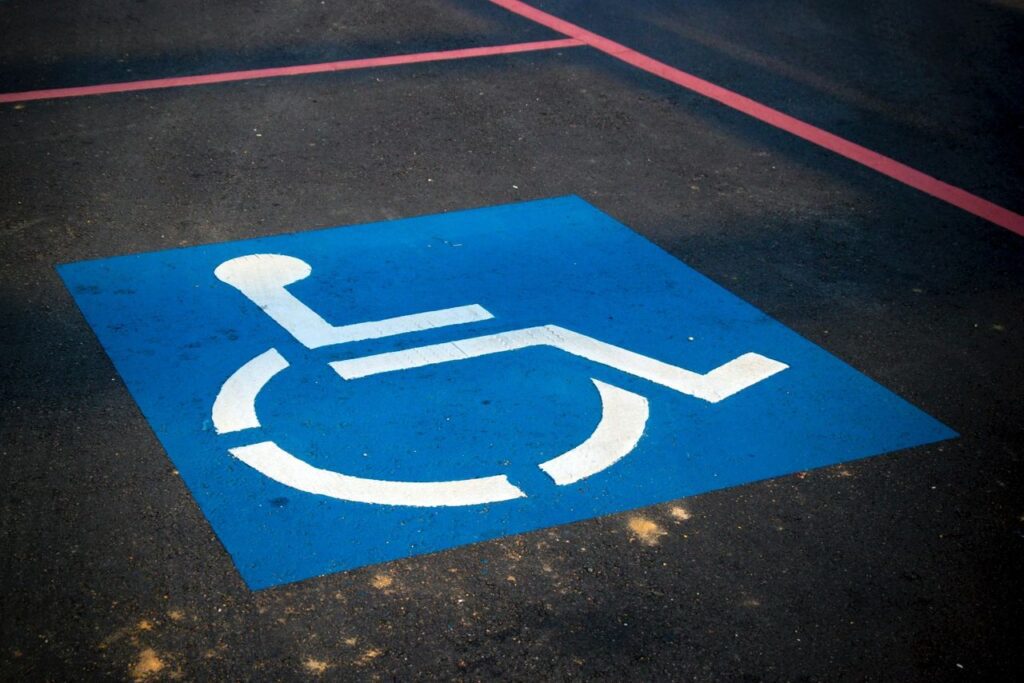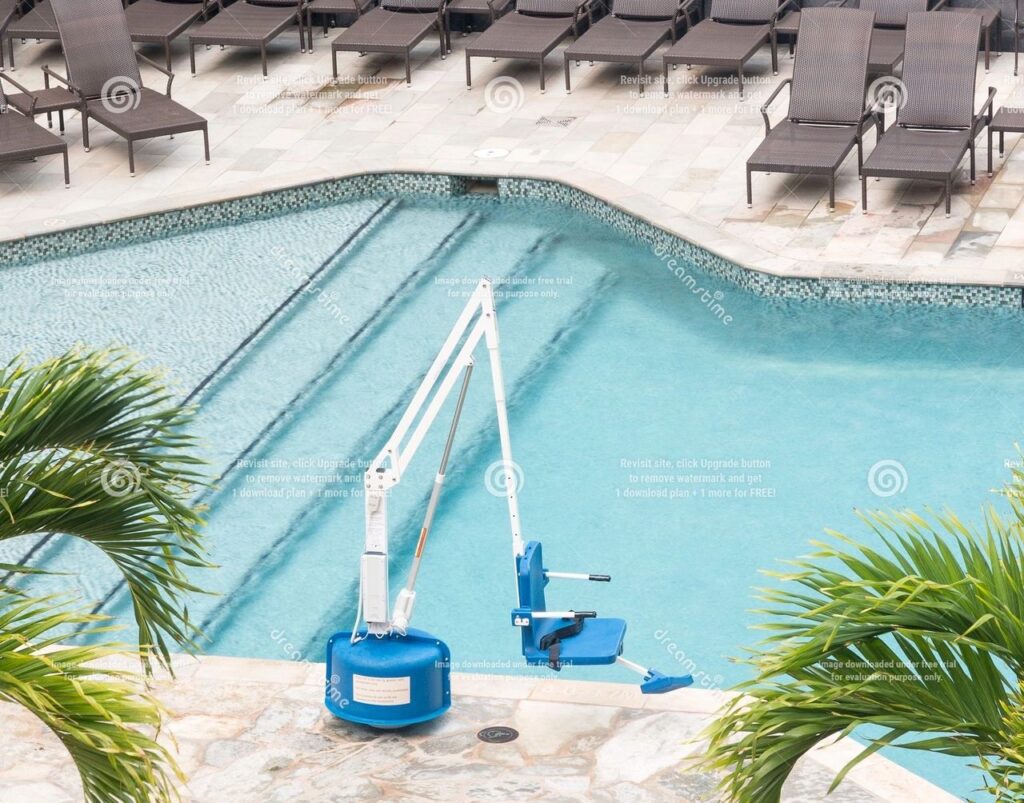ADA WEBSITE TIPS FOR WEBSITE RESERVATIONS
March 19, 2021, | ADA
By Catherine M. Corfee Esq.
Massive ADA lawsuits are on the rise against hotels, and other businesses, who have websites and provide their goods and services thereto. A website must be connected to a business with a physical location. Hotels are the key targets of the lawsuits.
The DOJ speaks directly to the lodging industry pursuant to 28 CFR § 36.302(e) of the ADA’s Title III Regulation. It provides that a hotel must modify its policies, practices, or procedures to ensure that individuals with disabilities can make reservations in the same manner as the non-disabled. Hotels must identify and describe their accessible features in public spaces and guest rooms in enough detail to enable the disabled to decide whether to make a reservation to ensure they have access. Hotels must hold accessible guest rooms for use by individuals with disabilities until all such rooms have been rented. Hotels must provide accessible guest rooms via the same reservation system as provided for the non-disabled.
The Courts, however, do not require that every ADA code requirement be listed. They state that “a reservation system is not intended to be an accessible survey.” Describing the features and showing a picture is extremely helpful for the disabled to decide whether to make a reservation.
Based on my review of the ADA website cases in California against hotels, here are some ideas to think about when revising and/or creating a website for your hotel:
- On the home page of the website, have an ADA tab that is conspicuously displayed that identifies the ADA features at the hotel. Provide the ADA ISA symbol (person in a wheelchair) on or near that tab. Do not make it hard for the disabled to find the ADA features. The “reserve” tab should also include the ADA symbol and an easy link to view the ADA features of the room.
- Ensure to identify the room types that are available for the disabled, like a deluxe, suite, luxury room, etc. The disabled cannot be relegated to a room that is less than what is offered to the non-disabled. Not every type of room must be offered to the disabled, but similar types must be.
- For each accessible room, identify how many beds and the bed types in the room, such as a queen, king, double, two queens, etc.
- Describe the type of bathing offered to the disabled, such as a roll-in shower and/or an ADA accessible tub with grab bars.
- Identify that there are 30 inches of width on the side of the bed so a wheelchair can pull up to it and transfer on.

- If there is a desk in the room, identify that it has ADA-compliant knee and toe clearance.
- Identify the communication features for the blind/visually impaired and the deaf/hearing impaired (alarms and visual notifications).

- Describe the ADA parking, the existence of an accessible path of travel to the entrance, and an ADA check-in counter.
- That the door to the accessible room is a minimum 32″ wide.’
- There is an accessible route from the public entrance to the ADA guestrooms.

- There are bathroom and show grab bars per the ADA standards, as with compliant benches.
- There are deadbolt locks, lowered counters, lowered mirrors.
- There is a TTY/TTD available, TV close captioning, a toilet seat at the right height, transfer showers, and accessible self-parking.
- There are ADA wands for the curtains, and the doors are levers, not doorknobs.
- Service animals are welcome.
- There are ADA elevators and ramps.
- If there are restaurants, identify the ADA features, such as a path of travel to the restaurant, ADA seating, restrooms, etc.

- An ADA fitness room, swimming pool (with a pool lift for both the pool and hot tub), and so forth.
- Hotel websites should consider having a statement stating to the effect that, “for more information about the accessible elements or services at our hotel, please call ….”
The above article is for informational purposes and not intended to provide legal advice.
Share this post:
